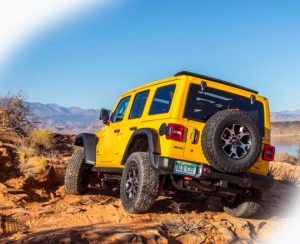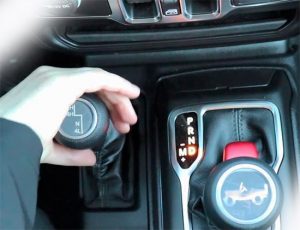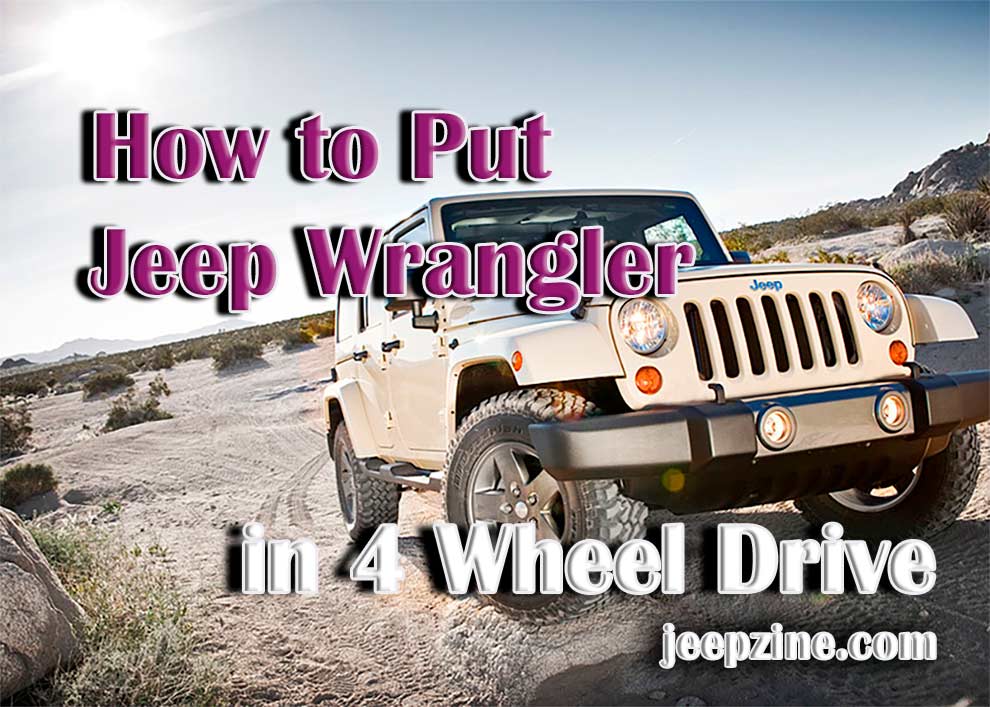There are many reasons why you might want to put a Jeep Wrangler in four-wheel drive. It can make driving on snowy or icy roads easier, it’s great for getting out of tough situations like sand traps, and it increases your vehicle’s capability off the road. If you want to know how to do this yourself, read on!
Why to Put Your Truck in 4 Wheel Drive

It’s also handy for getting out of a hole or ravine if you’re stuck – all you have to do is go in reverse and the rear axle will pull your car up! If it doesn’t work, then try going forward instead because putting power from both front wheels can help push one side up without spinning tires which should provide traction on all sides as long as they are not slippery. Then use a tow strap just like when pulling another vehicle. This won’t damage anything so don’t worry about that!
How to Put Your Jeep in 4 Wheel Drive

In Addition
If any part of your gearbox slips while trying to engage four wheel drive (or even two), take note of what happened during the last five seconds before this happened: was there any gas pedal pressure applied during this time or was the vehicle not moving? If so, then it’s likely that you’re applying too much power before shifting gears. This is because there needs to be enough resistance from both axles in order for them to properly engage – if one of these isn’t working as well as the other, there will still be some torque transmitted through but it won’t be strong enough and may cause a slip while engaging four wheel drive (or two). However if they are both functioning correctly with no excessive power being added beforehand then your gearbox might need service!


Add Comment